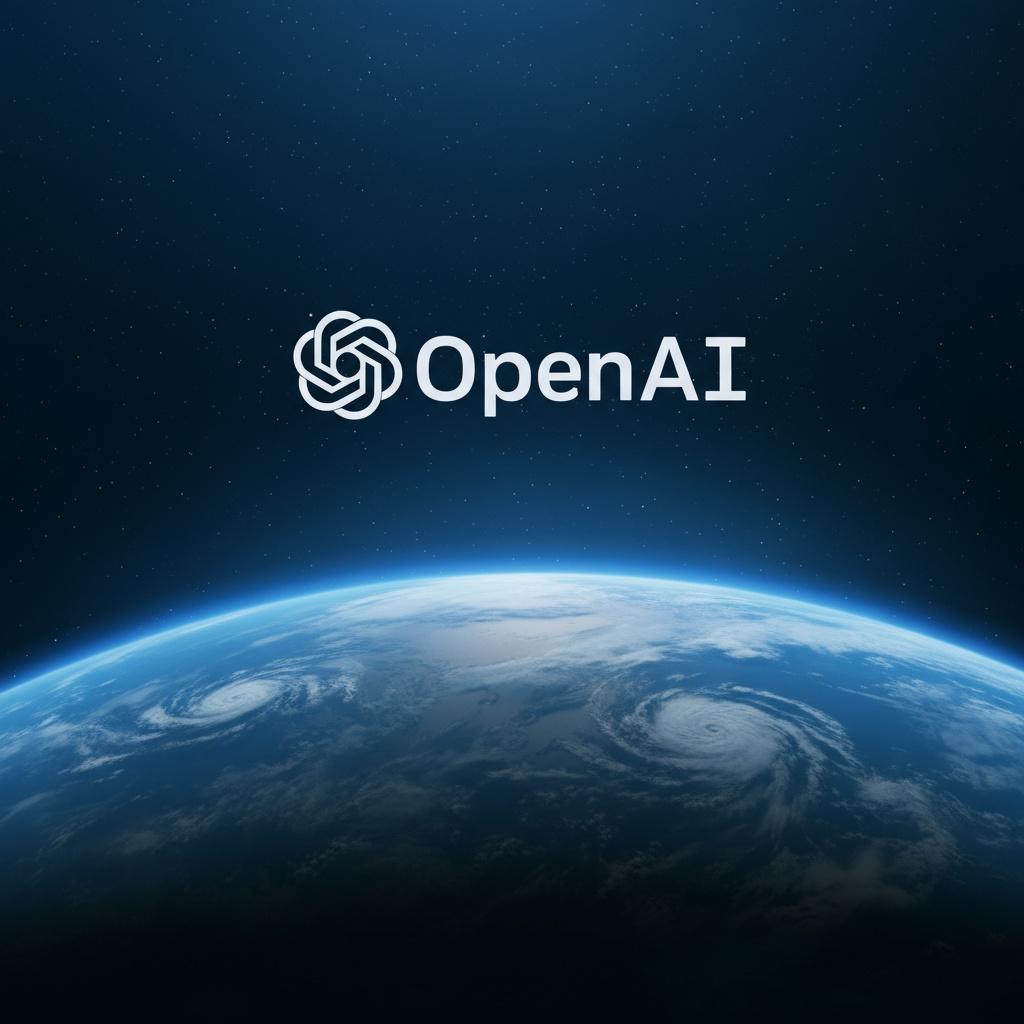OpenAI, the leading artificial intelligence research and deployment company, is reportedly gearing up for an initial public offering (IPO) targeted between late 2026 and 2027. The anticipated valuation could surpass a staggering $1 trillion, positioning OpenAI as one of the most valuable tech companies at the time of its public debut. This move reflects the immense growth potential of artificial intelligence and the company’s ambitions to solidify its dominance in the AI industry.
The planned IPO aims to raise at least $60 billion to fuel continued innovation and infrastructure expansion. Despite facing projected financial losses in the coming years, OpenAI’s valuation and strategic backing underscore investor confidence in AI’s transformative future.
Timing and Strategic Considerations
OpenAI is expected to file its paperwork with the U.S. Securities and Exchange Commission (SEC) as early as the second half of 2026, with the IPO potentially taking place within 2026 or 2027. OpenAI’s Chief Financial Officer, Sarah Friar, has indicated 2027 as the likely timeline, although some advisors believe an earlier launch is possible. This preparation signals OpenAI’s readiness to transition from a private entity focused on research toward a public company aimed at scaling AI development massively.
Valuation and Capital Goals
The anticipated valuation exceeds $1 trillion, more than doubling OpenAI’s previous estimated worth of $500 billion during an internal employee share sale. The company aims to raise a minimum of $60 billion through this IPO, earmarked primarily to fund the growth of AI infrastructure and long-term projects. This funding injection would support the deployment of cutting-edge AI models and the expansion of cloud services critical to OpenAI’s operations.
Financial Outlook and Challenges
Although OpenAI projects significant financial challenges—expecting losses near $40 billion by 2028 and negative cash flow until 2030—the company remains committed to an ambitious growth strategy. Revenue projections suggest approaching $20 billion annually by the end of 2025. The IPO is seen as a crucial step to secure sustainable financing, allowing continued investments in research, AI safety, and technology scaling.
Ownership Structure and Corporate Partnerships
In a recent restructuring, OpenAI has balanced ownership stakes between itself and Microsoft, with each holding about 26 to 27 percent. This partnership comes with Microsoft’s massive commitment of $250 billion over five years to supply Azure cloud infrastructure to OpenAI. The symbiotic relationship enhances OpenAI’s capacity to build and deploy AI models at scale while securing a reliable technological backbone.
Impact on the AI Industry
The upcoming IPO underscores AI’s accelerating role in the global technology landscape. OpenAI’s valuation and capital raise highlight investor enthusiasm amid growing competition from companies like Anthropic and Google DeepMind. This public offering may open new avenues for funding AI breakthroughs and establishing market leadership amid rapid innovation and ethical considerations surrounding AI deployment.
In summary, OpenAI’s planned IPO in 2026-2027, aiming for a valuation above $1 trillion and raising tens of billions in capital, signals a significant milestone in AI’s commercial and technological evolution. Despite the financial risks ahead, OpenAI’s move toward public markets reflects confidence in the transformative potential and long-term sustainability of artificial intelligence technology.






